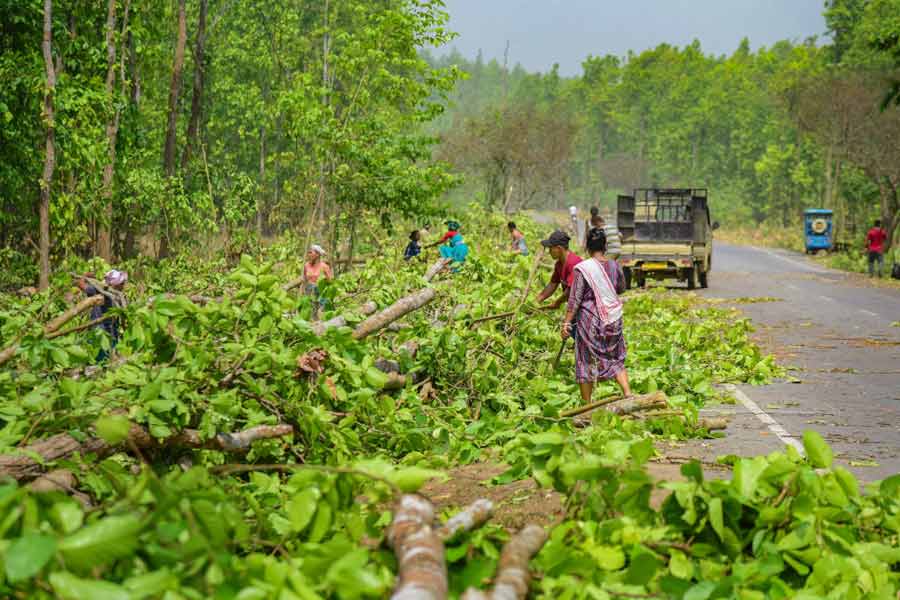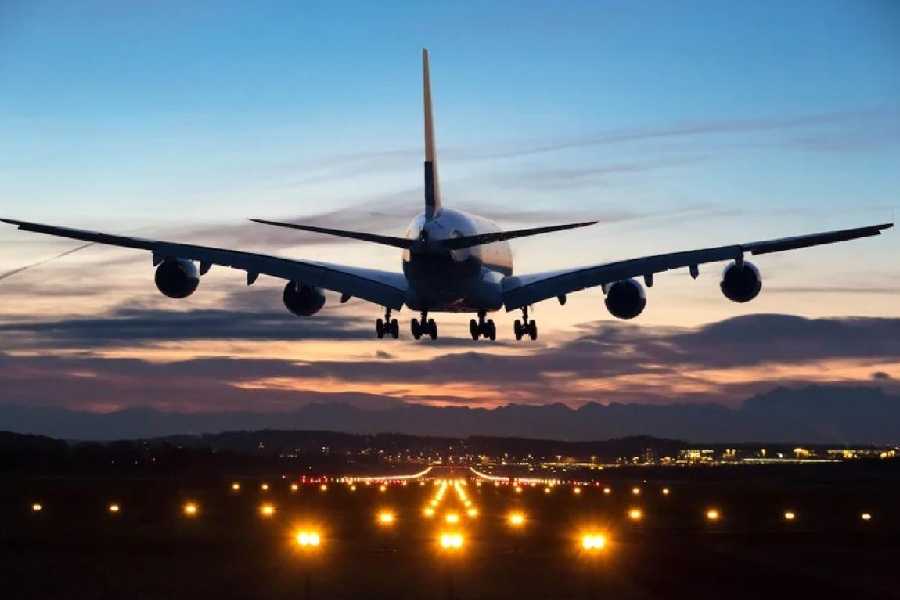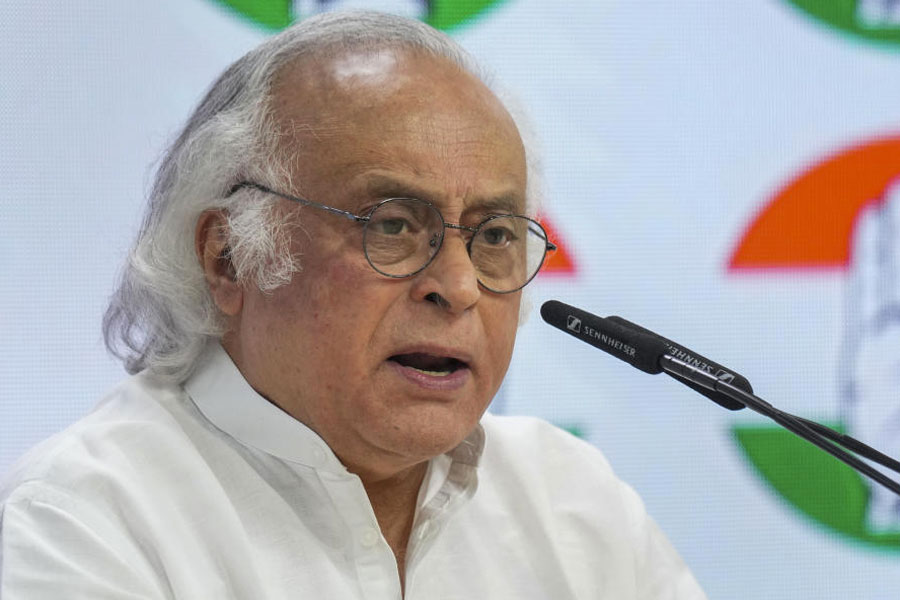New Delhi, Aug. 23: The unpredictable nature of the Brahmaputra has spurred the Centre to take recourse to remote-sensing technology, so that timely measures can be taken to mitigate the impact of flood and erosion in the valley.
The Central Water Commission (CWC), which plays a key role in the sanctioning of flood management schemes, has asked the Hyderabad-based National Remote Sensing Agency (NRSA) to compile a report on the Brahmaputra’s behaviour and the change in course it has undergone in the past few years.
“The idea is to get an impression of the most vulnerable areas in the valley with regard to erosion. The extent and nature of erosion will help in the framing of schemes to stem the menace,” a CWC source said.
The report, which will be submitted in a few months, is also likely to be given to the task force that has been formed to examine floods and erosion in seven states of the country.
The remote sensing technology that makes use of satellite imagery can be used to map natural resources and identify various kinds of damages during the previous years. India acquired this technology with the launch of the IRS series satellites.
Rivers originating in the Himalayas, especially the Brahmaputra, are known to change their course frequently. This makes it difficult to chalk out foolproof measures to check erosion. This is mainly because the rivers carry enormous quantities of sediments from the hills, which they deposit on their own beds on reaching the plains. The channels are thus filled up and the swelling water in the subsequent monsoon digs out different courses, abandoning the earlier ones. Besides, the seismic instability of the region also contributes to such a shift.
More accurate systems of flood forecasting could come up with the adoption of “mathematical models” that use specific computer software for analysis and are currently in use in the Narmada and Yamuna.
However, an official claimed that “with no banks fixed, it is impossible to develop a mathematical model for the Brahmaputra. A model created after research may become redundant the very next year due to the river’s unpredictable nature”.
The Centre has decided to release an additional Rs 200 crore to Assam to deal with the floods problem. The amount, which will be allotted as “ways and means” advances, will be later adjusted as natural disaster assistance.
The state government will constitute a committee to suggest measures to cope with floods. More than 18 lakh people were rendered homeless by floods this year.











